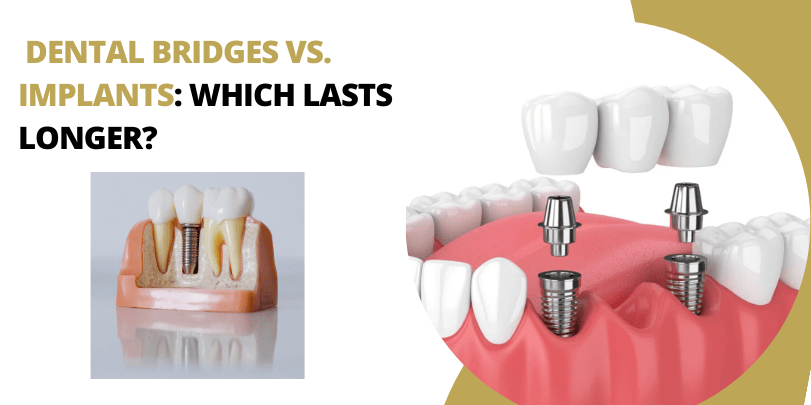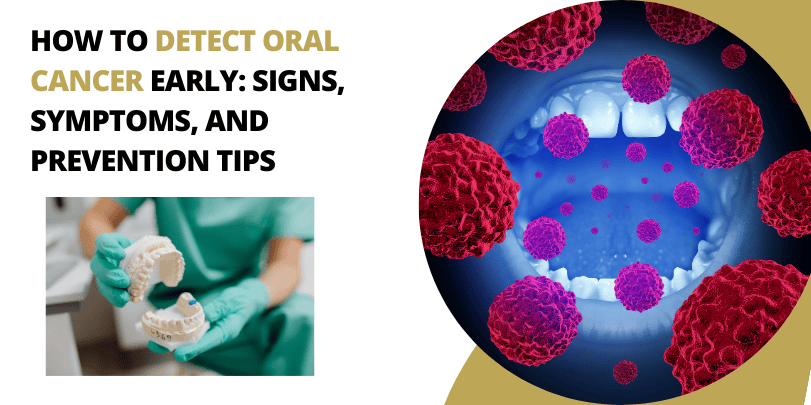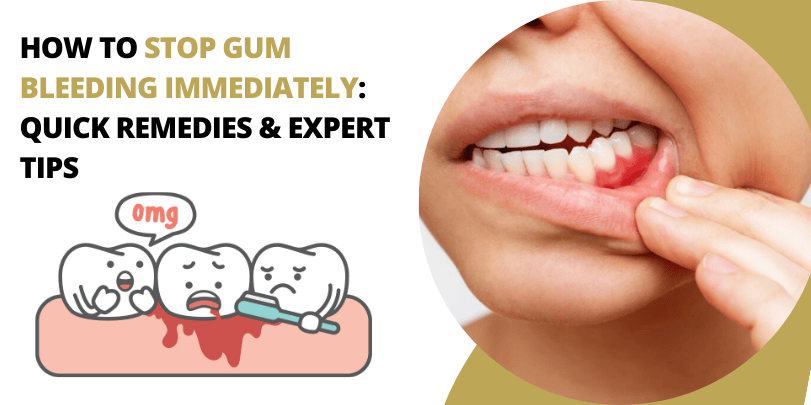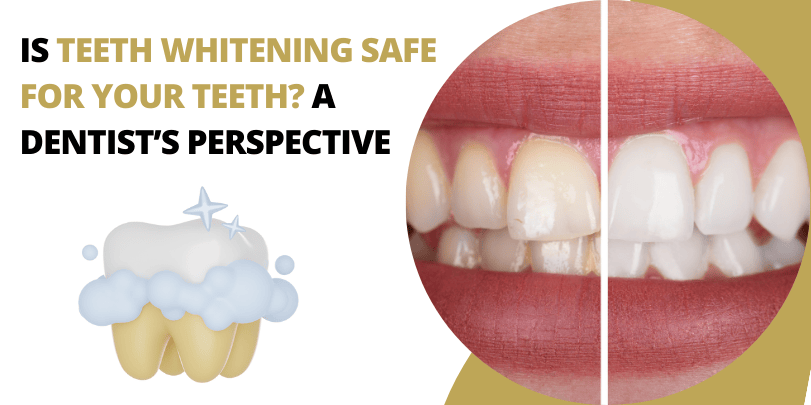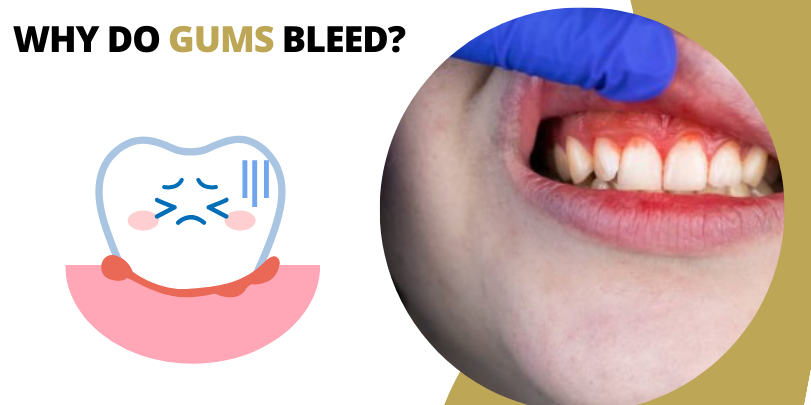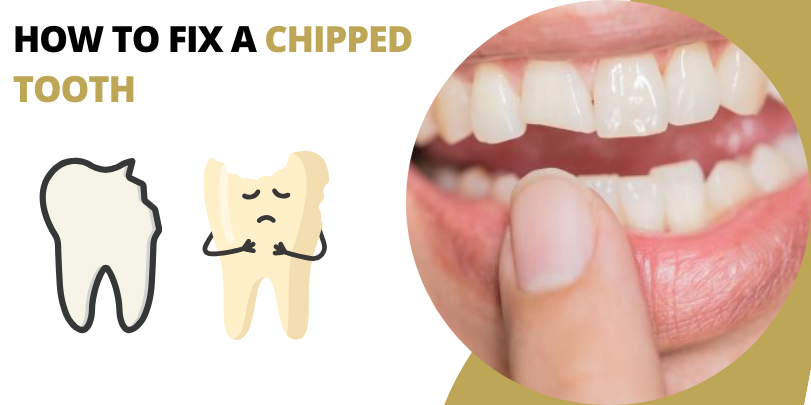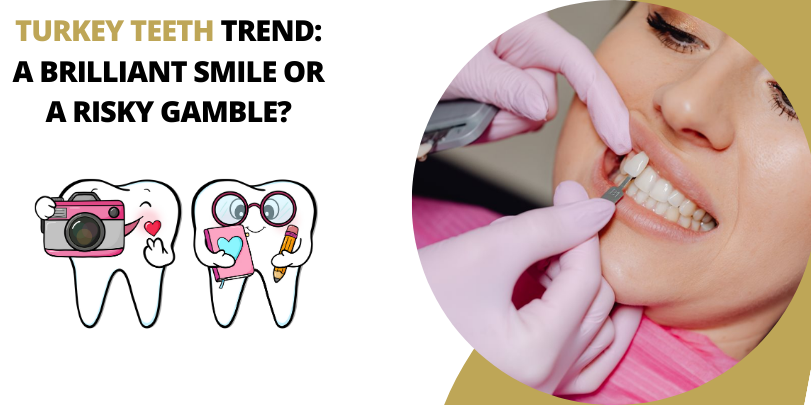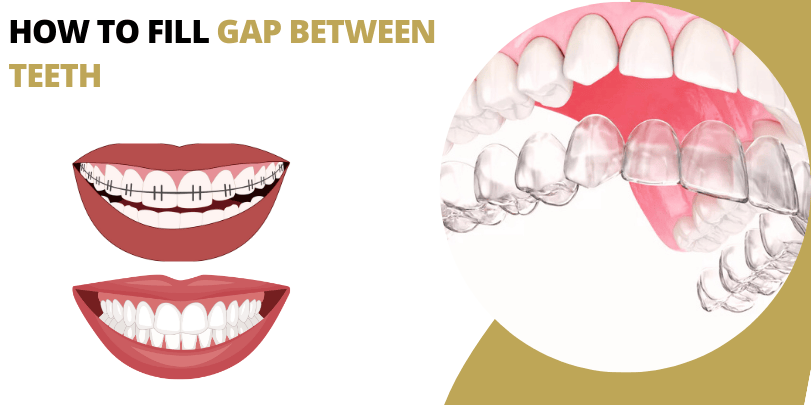Dental X-rays play a crucial role in diagnosing oral health issues that aren’t visible to the naked eye. They help dentists detect cavities, bone loss, infections, and other dental concerns early on. But did you know that there are different types of dental X-rays, each serving a unique purpose?
This guide explains the various types of dental X-rays, their uses, and how to know which one you need.
What Are Dental X-Rays?
Dental X-rays, also called radiographs, use low levels of radiation to create images of your teeth, gums, and surrounding bone. These images help dentists diagnose and treat dental conditions before they become severe.
Why Are Dental X-Rays Important?
- Detect cavities between teeth or under fillings.
- Identify gum disease and bone loss.
- Spot impacted teeth (e.g., wisdom teeth).
- Evaluate root canal infections.
- Assess tooth and jaw alignment.
There are two main categories of dental X-rays:
- Intraoral X-Rays (taken inside the mouth)
- Extraoral X-Rays (taken outside the mouth)
1. Intraoral X-Rays (Taken Inside the Mouth)
These are the most common dental X-rays and provide detailed images of individual teeth.
A. Bitewing X-Rays
Purpose: Detect cavities between teeth and monitor bone loss.
How It Works: The patient bites down on a film or digital sensor while the X-ray captures the upper and lower teeth in one section of the mouth.
Who Needs It?
- People with a history of cavities.
- Patients undergoing gum disease treatment.
- Routine check-ups (usually once a year).
B. Periapical X-Rays
Purpose: Shows the entire tooth from crown to root, including the surrounding bone.
How It Works: Focuses on one or two specific teeth at a time.
Who Needs It?
- Patients with tooth pain or abscesses.
- Those needing root canal treatment.
- To check bone loss due to gum disease.
C. Occlusal X-Rays
Purpose: Captures the entire arch of teeth (upper or lower jaw) in one image.
How It Works: Taken with the X-ray film placed inside the mouth.
Who Needs It?
- Children to check tooth development and alignment.
- To find extra teeth or cysts.
- To detect fractures in the jawbone.
2. Extraoral X-Rays (Taken Outside the Mouth)
These X-rays provide a broader view of the jaw, skull, and surrounding structures.
A. Panoramic X-Rays
Purpose: Gives a full view of the entire mouth, including teeth, jaw, and sinuses.
How It Works: The machine moves around the head to capture the image.
Who Needs It?
- Patients getting braces or wisdom teeth removal.
- To detect jaw tumors or cysts.
- To check for temporomandibular joint (TMJ) disorders.
B. Cephalometric X-Rays
Purpose: Evaluates the side profile of the skull and jaw.
How It Works: Taken from the side of the head.
Who Needs It?
- Patients undergoing orthodontic treatment (braces).
- To analyze jaw growth and alignment.
C. Cone Beam CT (CBCT) Scan
Purpose: Provides a 3D image of teeth, nerves, and bone.
How It Works: Uses advanced technology to create cross-sectional images.
Who Needs It?
- Patients getting dental implants.
- To assess bone density for surgeries.
- For complex root canal procedures.
Also read – Types of Dental X-Rays: Which One Do You Need?
Which Dental X-Ray Do You Need?
| Concern | Recommended X-Ray |
| Checking for cavities | Bitewing X-Ray |
| Root canal issues | Periapical X-Ray |
| Wisdom teeth evaluation | Panoramic X-Ray |
| Braces & jaw alignment | Cephalometric X-Ray |
| Dental implants planning | CBCT Scan |
| Children’s teeth development | Occlusal X-Ray |
If you’re unsure which X-ray you need, your dentist will recommend the best one based on your dental history and symptoms.
Are Dental X-Rays Safe?
Yes, dental X-rays use very low radiation levels and are considered safe for both adults and children. However, precautions are taken, such as:
- Wearing a lead apron to protect the body.
- Using a thyroid collar for extra safety.
- Taking X-rays only when necessary.
Pregnant women should inform their dentist before getting X-rays, although modern technology minimizes risks.
Final Thoughts
Dental X-rays are an essential part of oral health care, helping detect problems early before they become severe. Whether you need a routine bitewing X-ray for cavities or a CBCT scan for dental implants, knowing the different types can help you understand your treatment plan better.
Next time your dentist recommends an X-ray, you’ll know exactly what to expect and why it’s important for your oral health.
Written by : DR. PUNEET KATHURIA B.D.S., M.D.S., F.I.C.O.I. (USA)
 Australia No
Australia No Canada No
Canada No India Toll Free No
India Toll Free No UK No
UK No USA No
USA No







